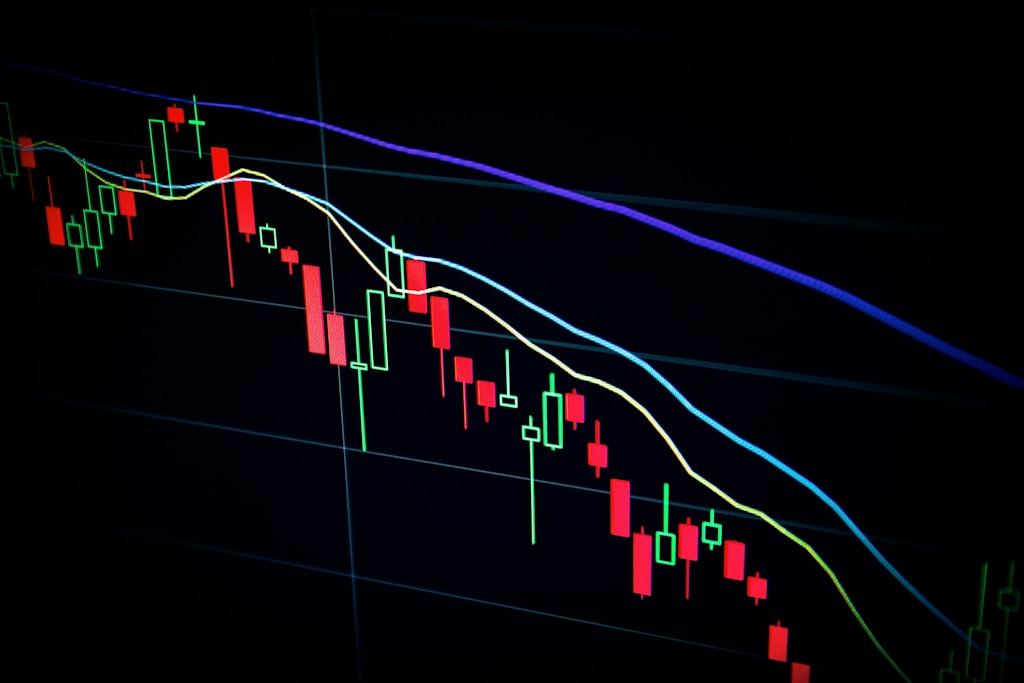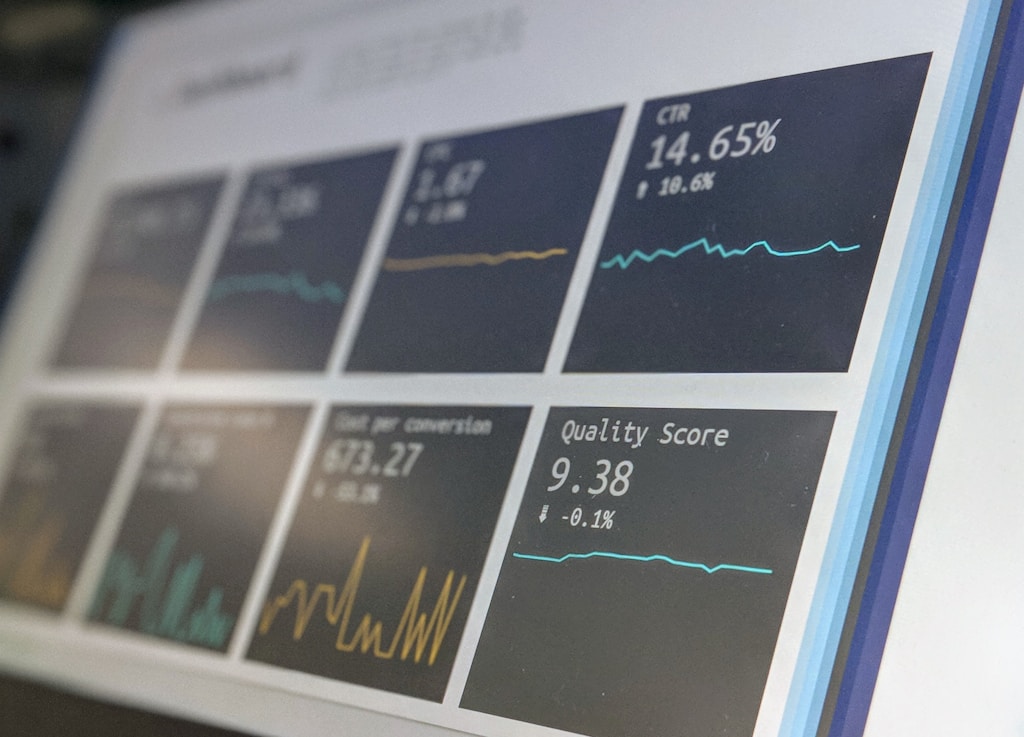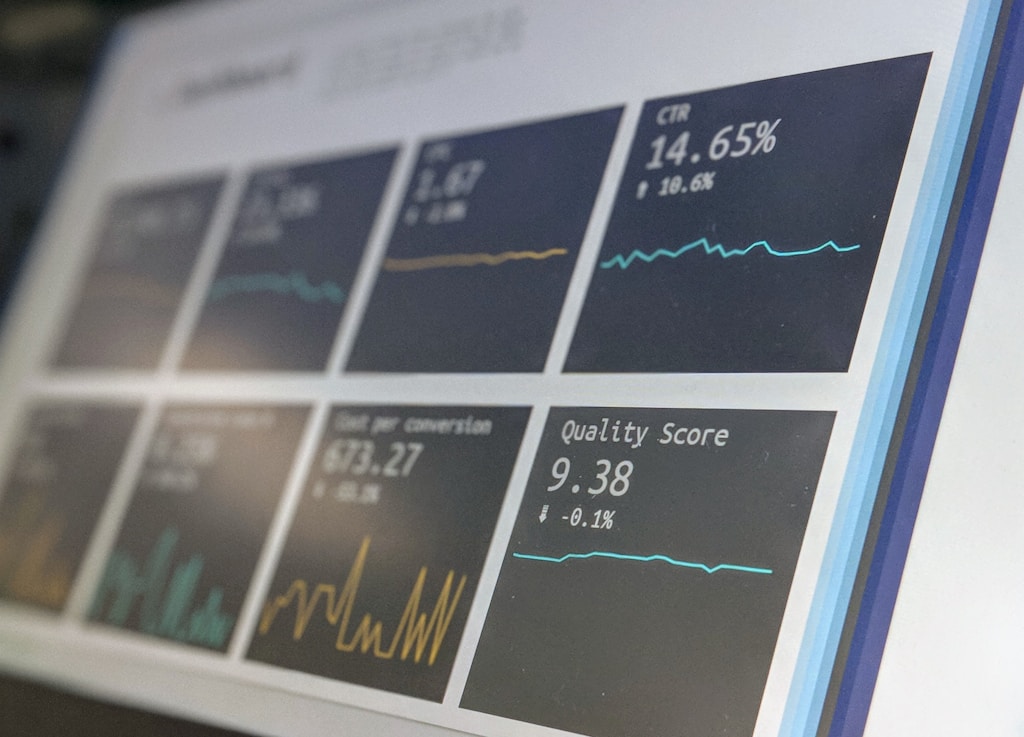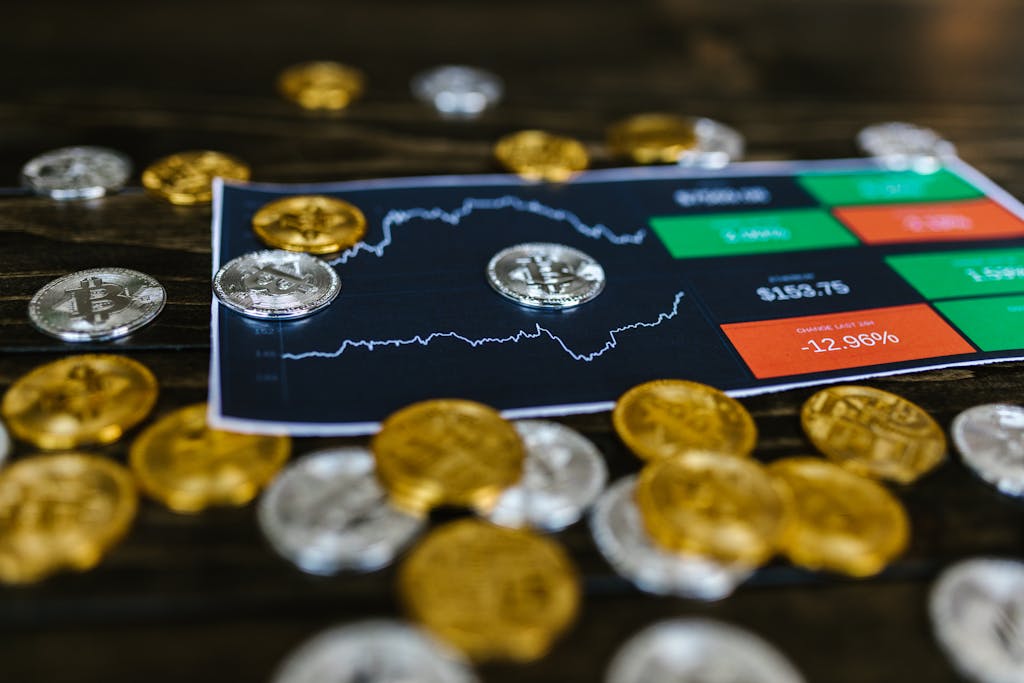Hong Kong’s cryptocurrency market is set for a major transformation as the Securities and Futures Commission (SFC) announces plans to introduce virtual asset derivatives trading for professional investors. This strategic move, revealed by financial services secretary Christopher Hui Ching-yu, aims to cement Hong Kong’s position as a leading digital asset hub while maintaining robust regulatory oversight.
Key Developments in Hong Kong’s Crypto Framework
The introduction of crypto derivatives trading represents a significant milestone in Hong Kong’s evolving digital asset strategy. This development aligns with broader trends in crypto leverage and futures markets, where institutional participation has been steadily increasing throughout Q1 2025.
Professional Investor Requirements
- Minimum portfolio value requirements
- Trading experience verification
- Risk management protocols
- Compliance documentation
Risk Management and Market Protection
The SFC’s approach emphasizes careful market development while prioritizing investor protection. This balanced strategy includes:
- Strict trading limits
- Enhanced monitoring systems
- Regular risk assessments
- Mandatory reporting requirements
SPONSORED
Trade crypto derivatives with up to 100x leverage on perpetual contracts
Market Impact and Future Outlook
The introduction of crypto derivatives trading is expected to significantly boost Hong Kong’s digital asset ecosystem, potentially attracting substantial institutional capital and enhancing market liquidity.
FAQ Section
When will crypto derivatives trading begin in Hong Kong?
The SFC plans to launch the framework in 2025, with exact dates to be announced.
Who qualifies as a professional investor?
Professional investors must meet specific portfolio requirements and demonstrate relevant trading experience.
What types of derivatives will be available?
Initial offerings will include futures and options on major cryptocurrencies, with potential expansion based on market demand.






